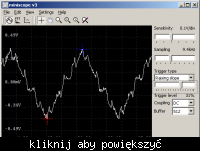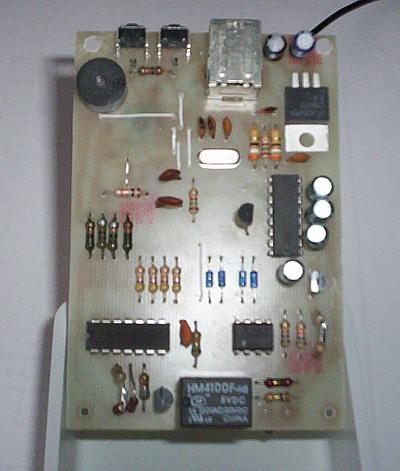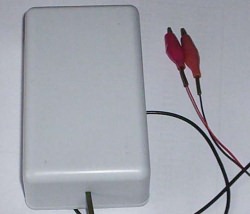gres
Full Member level 4


it’s a simple, universal graphic interface for digital oscilloscope.
Previous versions weren’t so universal. Contact with outside world is thanks to relative simple libraries
The biggest limitations:
- 1 acquisition channel :e.g. for library interface and diagram manipulation
- it’s better for work with DSO (data buffering device) then with RTO ( device that send data at realtime)
- lower drawing performance then I expected
- question of moving code is igored – code it strongly connected with VCL libraries.
Positive sides:
- A module that displays a graph is scalable (changing its size and the size of the window)
- Program is similar to graphic programs – tools like arrow, zoom, moving, you can use by left and right mouse button
- No need to use outside components or libraries, software is free TurboCpp Explorer.
Funcionts that are independent from input device library.:
- work mode of oscilloscope and spectrum analyzer
- data export to JSON, CSV or bitmap
- statistics : minimum value, maximum, average, frequency
functions that are conditional to device library:
- recorder of slow - changes waves
- shutter mode: manual, upper time, lower, constans
- sensitive steering mode, refreshing steering mode, capacity of acquisition buffer, display lavel
- sensitive calibration
Actually there are avaible 3 libraries of output tools. Because of common file between librarys and program catalogues with library projects shoud be in the same tree level as main catalogue.
More information at https://www.elektroda.pl/rtvforum/topic1447672.html

